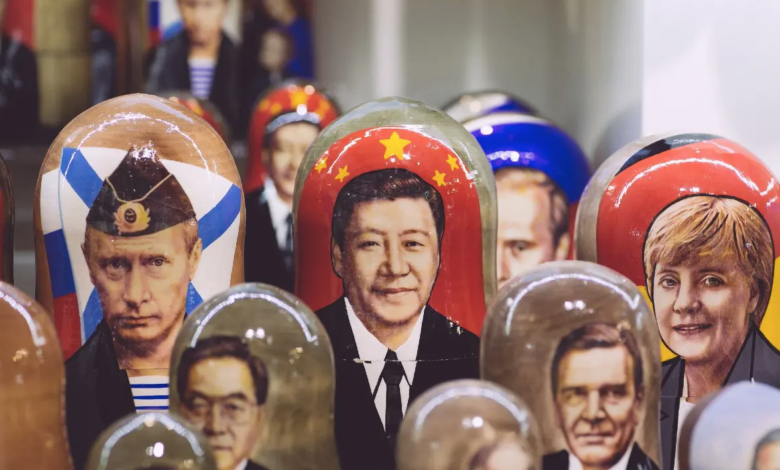Power of Siberia 2 pipeline, Putin presses but Xi takes time
Power of Siberia 2 pipeline could bring 50 bcm of gas from Yamal to Xinjiang
(sustainabilityenvironment.com) – The “unlimited” friendship between Vladimir Putin and Xi Jinping creaks on gas. During the recent visit of the Chinese president to Moscow – the first abroad since the beginning of his third term – there was talk above all of war in Ukraine, but also of deepening economic relations between the two countries. One dossier was under the spotlight: the new Russia-China pipeline, the Power of Siberia 2. But judging by how Moscow and Beijing reported the content of the discussions between the two leaders, for now there is very little agreement on this mega energy infrastructure.
What is the Power of Siberia 2 gas pipeline?
Russia and China are already connected by a pipeline. The Power of Siberia entered into operation in 2019 and is covered by a $400 billion contract for 30 years. At the moment it carries about 22 billion cubic meters of gas (bcm) a year and will have to reach capacity in 2027 with 38 bcm.
The Power of Siberia 2 pipeline is a pipeline currently under study that should significantly increase Russian gas supplies to Beijing. The temporary route cuts through Mongolia and reaches Chinese territory in Xinjiang after a 2,600 km run. The starting point is the Russian peninsula of Yamal, where most of the Russian gas fields are located. The same area from which the gas comes that, until 24 February 2022, Putin sold in large quantities to Europe.
Beijing takes time on Russian gas
It is therefore easy to understand why Vladimir Putin and Xi Jinping talked about this infrastructure. And also because the Russian and Chinese communiqués give different versions.
Putin is in a hurry to build the Power of Siberia 2 gas pipeline to redirect the gas he no longer sells to Europe to China. By mid-March, only 525 million cubic meters (MMC) had arrived from Russia per week, compared to over 2800 in December 2021, just before the Russian invasion. And with energy prices returning to pre-crisis levels, revenues also collapsed: 29 million euros a day, were about 200 in February 2022 (they reached peaks of 800 mln/ day in the first weeks of war).
What about China? To buy so much gas from Russia, and immediately, it doesn’t seem to need it. Beijing’s plans are to reach 2025 with 38 bcm of gas from Moscow between pipeline and liquefied natural gas by sea. Meanwhile the Chinese strategy looks more at diversification than the increase in volumes from Moscow. Beijing is negotiating a pipeline supply (the Central Asia-China Gas Pipeline D) of 25 bcm per year from Turkmenistan and Tajikistan. And it continues to make new agreements on LNG with the United States, despite the increasingly fierce and 360-degree competition between the two countries.
Against this background, during the meeting between Vladimir Putin and Xi Jinping the first said that Russia, China and Mongolia had now ready the agreement for the gas pipeline Power of Siberia 2 and that by 2030 Moscow would supply at least 98 bcm of gas to Beijing. A volume that corresponds to the sum of 38 bcm from the first Power of Siberia and about 50 bcm of the new pipeline under discussion, plus 10 bcm of LNG.
But the Chinese summary of the meeting is much colder. Indeed, laconic: the pipeline does not even mention it. And in the joint statement – approved by both countries – there is a reference, but it is limited to saying that China and Russia will make “efforts to continue the studies and the approval process” of the pipeline. A general statement, like many others that have dotted the history of this pipeline.






